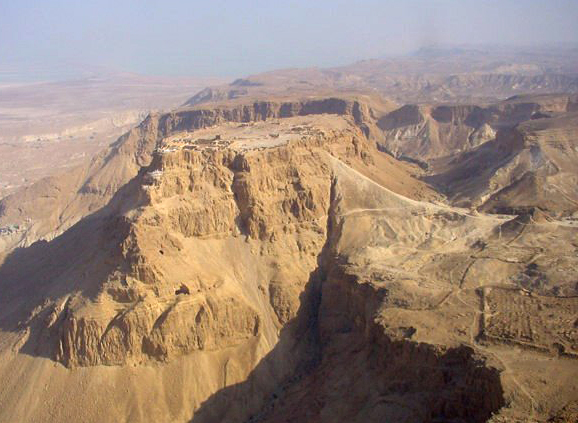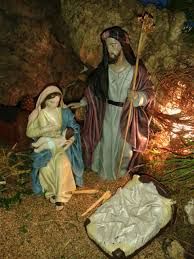After the Jewish Temple was destroyed in 70 A.D., God’s sacrificial system came to an end. Yet this was part of God’s plan.
No More Sacrifices
Many Christians know that the Jewish temple was destroyed in 70 A.D. but not many details of what else was going on back then. Since I found the history of this time period fascinating, here are a few details that will hopefully make this piece of biblical history come alive.
After Jesus’ resurrection, Rome kept all uprisings in check until 66 A.D., when a Jewish revolt broke out in Caesarea after the Greeks won a lawsuit against the Jews. Rome sent in troops led by Vespasian and his son, Titus. By 69 A.D., Judea had been conquered, except for Jerusalem and a few remaining fortresses. Since Herod’s magnificent building projects were seen by Rome as a symbol of Jewish arrogance, most were turned into ruins. The following year, Jerusalem fell under the leadership of Titus. As the city and the temple were systematically destroyed, the inhabitants who weren’t slaughtered by the Roman army were sold as slaves or saved to become the main attraction in the arenas of Rome, Caesarea, or Antioch.
While everything Rome did to the Jews was horrible, the destruction of the temple was monumental since it brought an end to the whole Jewish sacrificial religious system that was at the core of being a worshiper of the God of Israel. God had specified that sacrifices must be made in the temple. No temple, no sacrifices. While the blood was not being spilled in the temple, it was flowing like a river in the streets. The Roman armies brutally slaughtered nearly every living thing within reach of their swords. The destruction of Jerusalem included the destruction of the Hall of Records, which housed all the records of genealogy and family histories.
God’s promise to David of an everlasting lineage would be impossible to verify unless the final king had been alive prior to the destruction, and the lineage was documented elsewhere.
To make matters worse, the temple was destroyed on the very same day that the original temple (Solomon’s) was destroyed by the Babylonians 655 years earlier.

Masada Fortress
Those who were fortunate enough to escape the onslaught continued running for their lives until they met up with fellow Jews living in the nations beyond Israel. They become known as the Diaspora, literally meaning “scattered seed.” At that time, their numbers were estimated to be nearly 6 million. A few small bands of zealots remained in their homeland, refusing to give up. By 73 A.D., the last holdouts had taken control of Masada, one of Herod’s great fortress-palaces overlooking the Dead Sea. With Jewish slave labor, the Roman general, Silva, eventually built a siege ramp and broke through the fortress’s defenses, only to find that the zealots had taken their own lives rather than become slaves of the Romans.
With the temple gone, the focus of the Jewish faith moved toward the Torah itself and local places of worship. Despite its near extermination, the Jewish population not only continued, but actually showed signs of thriving, especially in Galilee. All this presented further evidence that God’s plans for Israel would not be thwarted. Even the great and mighty Roman army could not force Him into a “Plan B.”
It is during this period (1st century A.D.) that Rome began to refer to the region as “Palestine,” a put-down derived from Israel’s ancient nemesis, the Philistines. It is the first recorded use of the name “Palestine.” (This shows how ludicrous the current “Israeli occupation” claims are. There never was an ancient Palestinian people, Palestinian culture, or Palestinian land for Israel to occupy. It always belonged to Israel.)
In 135 A.D. the Romans frustrated the local Jewish population by banning the practice of circumcision. The sacrificial system had already been outlawed, and this was the last straw. It was more than they could bear. The result was the Bar-Kochba Revolt. This, too, was unsuccessful. Six hundred thousand Jews were killed, forcing the life and worship of the surviving Jews into the shadows. It had become illegal for a Jew to be found in Jerusalem.
I will
continue the story next week, showing how these revolts would impact the birth and spread of Islam. For now, think about all the things that happened to God’s “Chosen People” after they rejected their Messiah. Then apply this to your own life. I hope you can see God’s grace still prevailing in both cases.
ON THE LIGHTER SIDE
I wondered why the baseball kept getting bigger. Then it hit me.
ATTRIBUTIONS
Inclusion of photographs and/or images in no way implies the endorsement of this blog or its information by the photographer or designer.








Leave A Comment